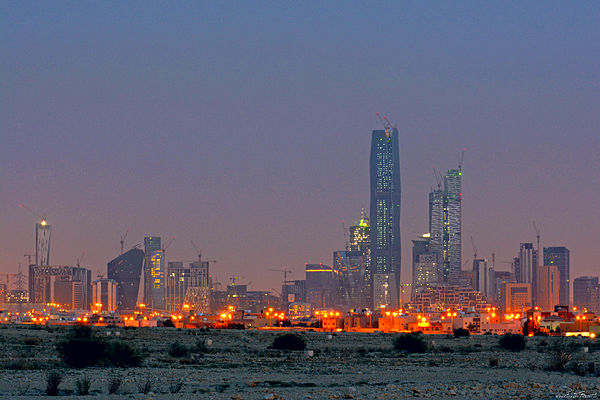This article by LSE student Sadaf Baig.
On 17th February 2014, two media houses in Karachi, Pakistan came under attack. Offices of Aaj TV and Waqt News, two private, national media groups were attacked with hand grenades. The two incidents are not unique. Exactly a month ago, on 17th January 2014, 3 media workers of the Express Group were killed when militants attacked the channel’s DSNG in Karachi.
In both cases, the responsibility for the attack was claimed by the notorious Tehreek-Taliban Pakistan. A BBC news report states that the Taliban claim to have attacked Aaj TV, for being critical of the TTP and failing to include the militant perspective. The attack on Express staff was followed by a similar statement. Bear in mind that just in 2013 the TTP has claimed responsibility for around 645 attacks in Pakistan that left 732 civilians and 425 security personnel dead. Accommodating the views of this militant group, which depends solely of violence is against all journalistic ethics and media laws. However, the TTP, for most of the part, has succeeded in creating a space for their propaganda on mainstream TV channels in Pakistan.
After the attack on Express TV’s DSNG van in January, the TTP’s former spokesperson Ehsanullah Ehsan declared that ‘We will attack all the media houses that are involved in carrying out propaganda against us” As a result, a prominent and influential host on Express TV, Javen Chuadhry, appeased the Taliban by assuring them of ‘significant coverage’, and entertained a live call from Taliban former spokesperson Ehsan Ullah Ehsan.
Taliban Targeting
In the past, the Taliban’s targeting of media has been more subtle and less direct. However, it appears that the uncertain political situation and the government’s decision to hold a ‘dialogue’ with these militants has assured them of their power. In a recent interview published by Newsweek, the TTP spokesperson Shahidullah Shahid, proudly declared that “The government has now accepted our reality; this is our victory.”
As the TTP grows more and more confident in its victory, we are forced to ask, what of media? And more importantly perhaps, what of an independent media narrative?
As followers of Pakistani media online would have noticed, the media narrative has shifted to include more and more right wing propaganda. The majority of guests appearing on prime time talk shows are either religious clerics or right wing religious-political party leaders. It appears that that the TTP has been more successful than it could have dreamt of. Not only, are they now being allowed unedited air space themselves, the media narrative is also dominated by those who are Taliban biggest apologists.
Intimidation Strategy
It doesn’t end here. Following the TTP’s success, other militant groups have started latching on to the media-intimidation strategy. On February 2nd, Ansar Naqvi, Controller News of Geo TV, Pakistan’s most influential news network, received more than a 100 threatening messages from Ahl-e-Sunnat-Wal-Jamat, another religious militant group, known for sectarian targeting. It is apparent that militants from every nook and corner and catching on, and given the fragile state of security in the country, one can only wonder how intense the threats to media stand to become.
Pakistan has ranked among the most dangerous places in the world to be a journalist for 3 consecutive years. Be it the highly volatile tribal areas of Pakistan, or the biggest metropolitan city Karachi, journalists have been targeted across country since 2000, and total impunity prevails. Assassination is the worst form of censorship and as the militants are now demonstrating, the threat of assassination the best form of coercion.
In newsrooms across Pakistan, information is now selected and discarded not solely on the basis of editorial policy, but as a defense mechanism to ensure safety of journalists. The media narrative in Pakistan has been a hijacked by fear, and unless, the state takes steps to end the prevailing impunity, the media, and in consequence the public narrative, stays to become a more and more vulnerable hostage.
This article by Sadaf Baig




